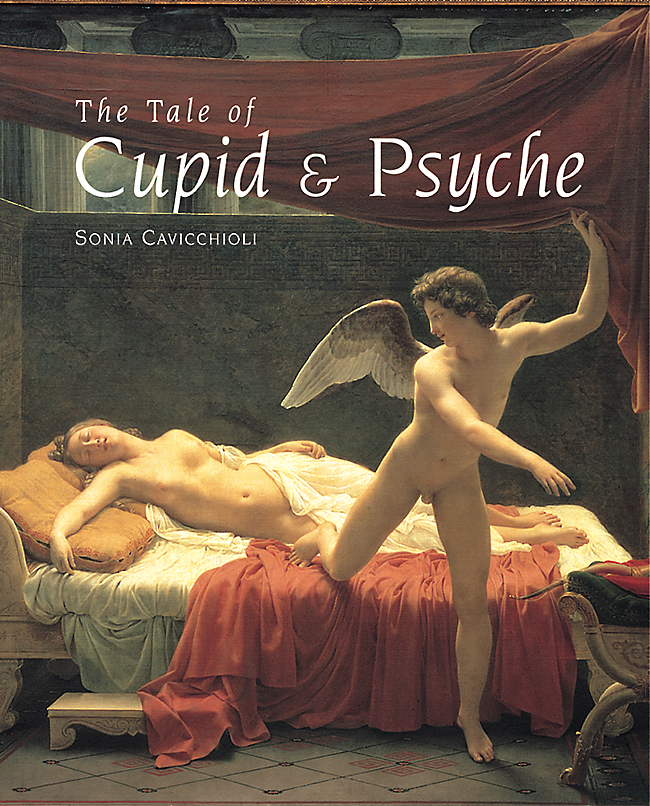
The Tale of Cupid & Psyche:
An Illustrated History
by Sonia Cavichiolli
September, 2002
Hardcover, 224
9.72 x 12.18 x 0.97 inches
ISBN-13: 9780807615126
$75.00 (Can $85.00)
The sheer number of artworks that the myth of Cupid and Psyche has inspired is a testament to the power and richness of the centuries-old story. This exquisitely illustrated volume gathers together a vast array of different artistic interpretations of this passionate love story, demonstrating the changing tastes and sensibilities of different time periods. Readers will be enthralled by the beautiful illustrations, which range from monumental fresco cycles and easel paintings to elaborate tapestries and massive sculptures.
Praise For Sonia Cavicchioli
"Cavicchioli, who holds appointments in visual arts and classical studies at the Universities of Bologna and Siena, respectively, takes an art historical approach to a tale originally written by Roman philosopher Apuleius. Not presented or discussed in narrative or chronological sequences, the reproductions of art objects-including frescoes, paintings, wedding chests, miniatures, tapestries, stained-glass windows, and sculptures, many of which are enlarged and in color-often appear several pages from the analysis describing them, which detracts somewhat from the book's interdisciplinary approach. While the author focuses on images from the 15th- and 16th-century Italian Renaissance, she also highlights the vital interrelationships between images and texts over many centuries. The majority of chapters covering earlier and later art objects only tangentially cover the topic by means of case studies drawn from visual and literary traditions, making the book more successful as a general history than a scholarly exegesis. Footnotes appear at the end of chapters; the book does not include an index, and its bibliography cites many foreign-language publications. Indicative of the methodologies of the "new" art history-i.e., it is interdisciplinary, explores a theme across several periods, and offers unorthodox juxtapositions without analyzing, for instance, the validity of a Robert Graves translation that has been paired with images created earlier-this volume is recommended for academic libraries."
—Library Journal
